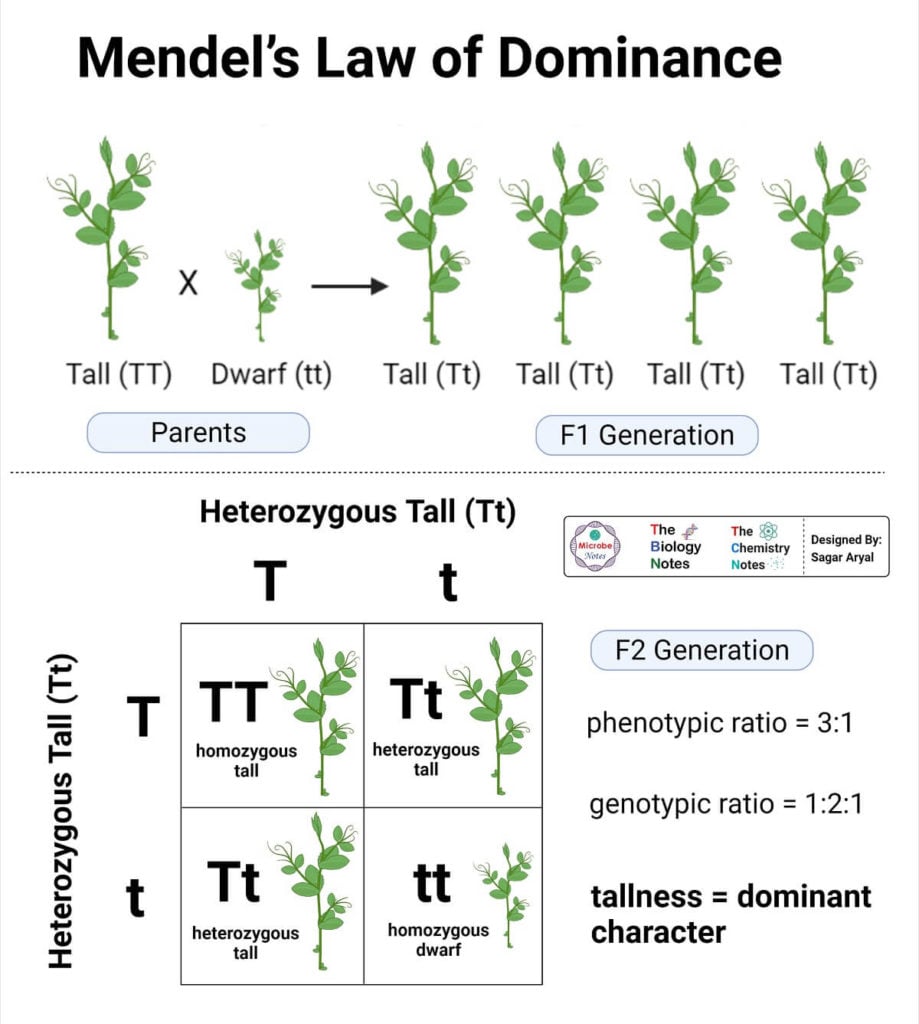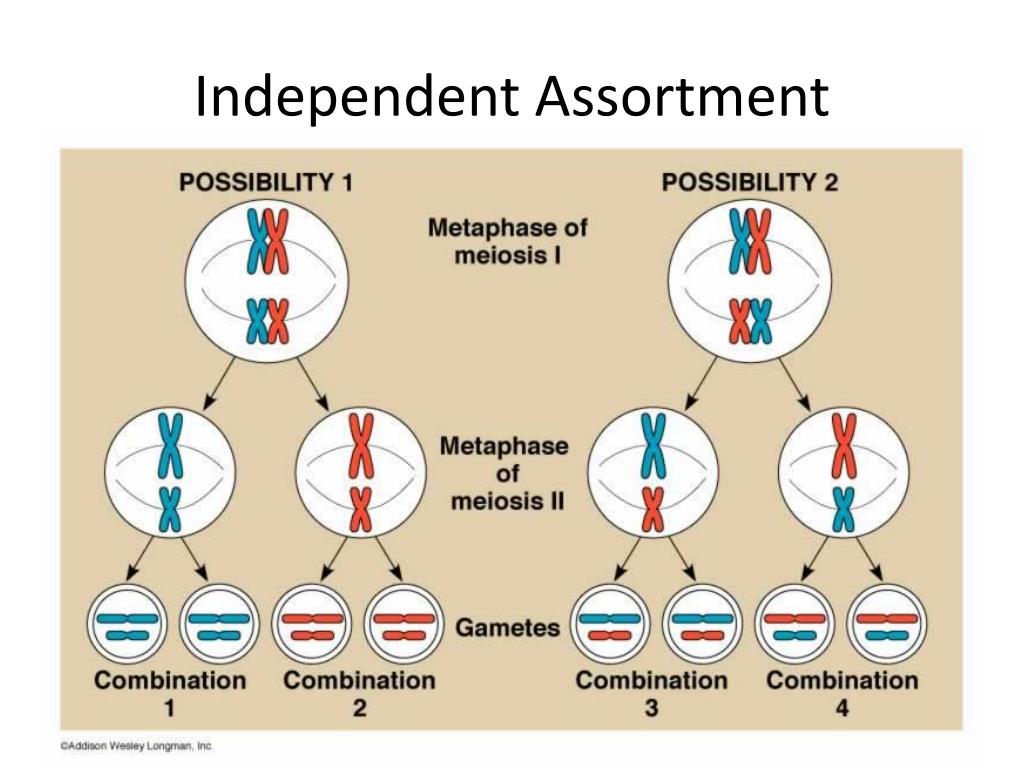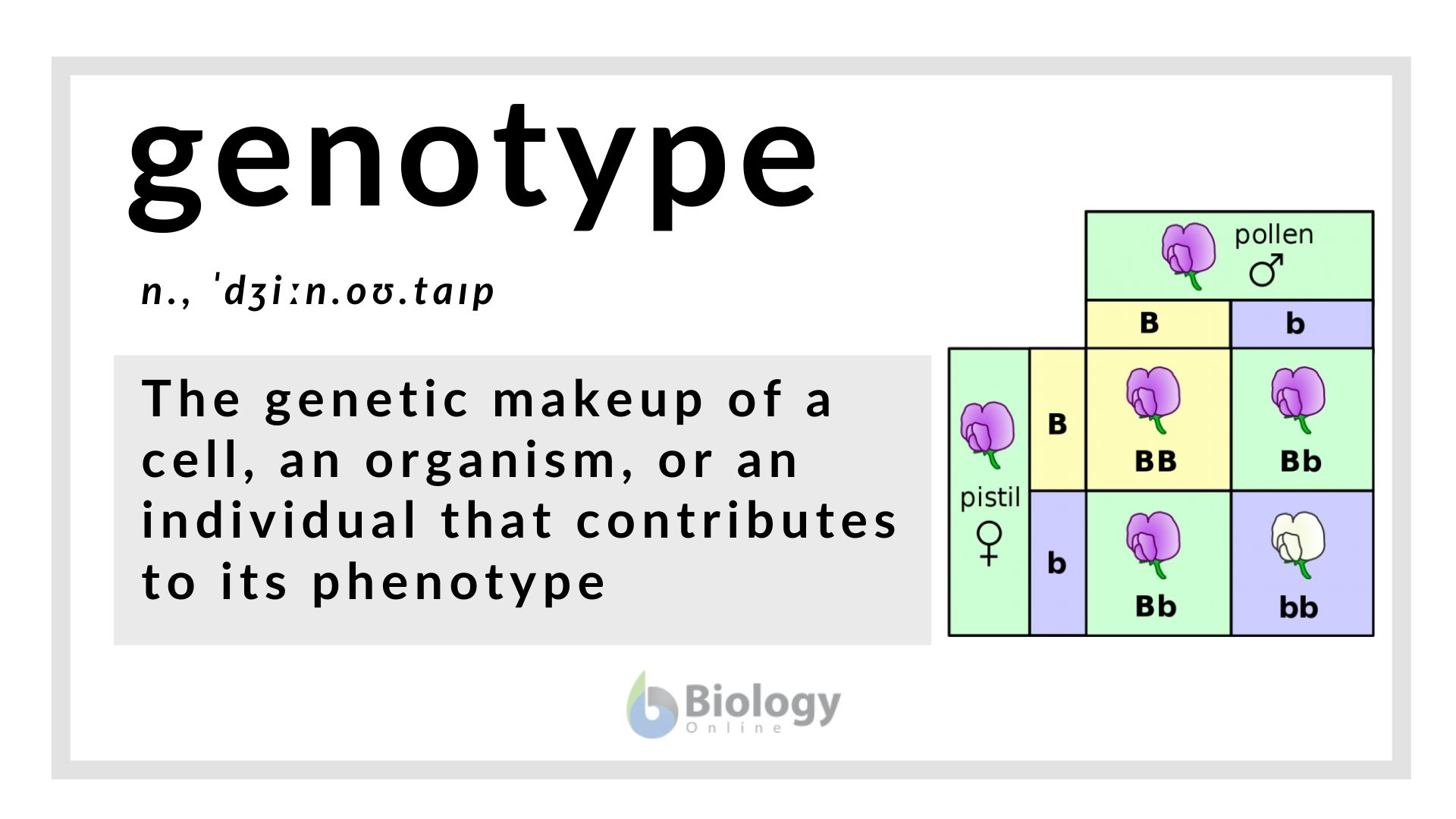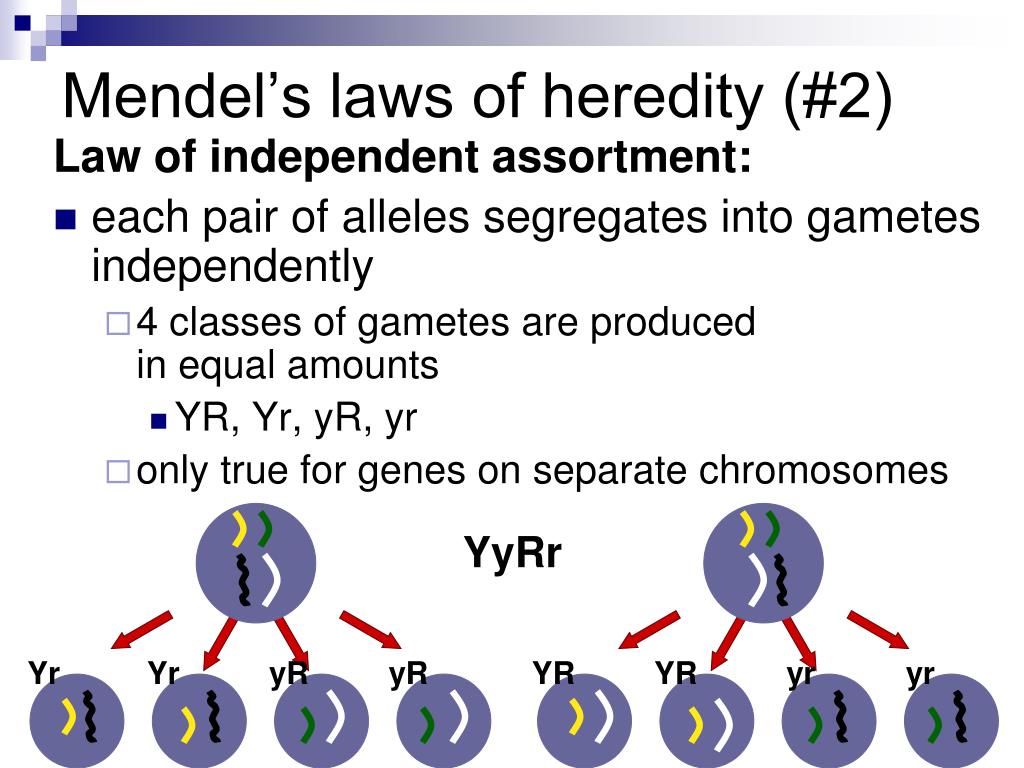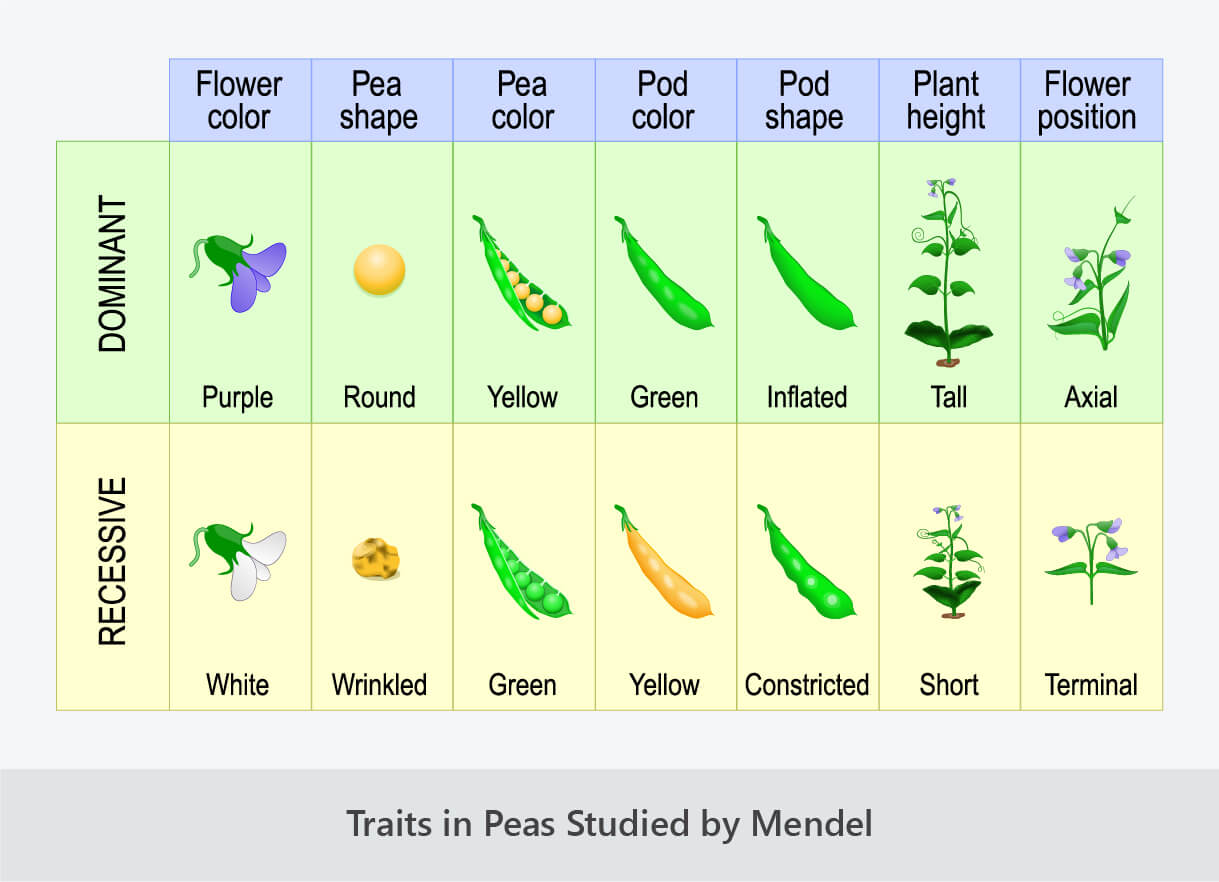Mendels Law Of Inheritance Presentation
| Introduction to Mendel's Law of Inheritance | ||
|---|---|---|
| Gregor Mendel was an Austrian monk and scientist. Mendel's experiments laid the foundation for the modern understanding of genetics. His work focused on the inheritance of traits in pea plants. | ||
| 1 | ||
| Mendel's Experiments | ||
|---|---|---|
| Mendel crossbred pea plants with different traits. He observed the inheritance patterns of these traits in subsequent generations. His experiments involved analyzing traits like seed color, flower color, and plant height. | ||
| 2 | ||
| Mendel's Principles of Inheritance | ||
|---|---|---|
| Mendel proposed the Law of Segregation. According to this law, individuals inherit two copies of each gene, one from each parent. These copies segregate during the formation of reproductive cells, ensuring the presence of only one copy in each gamete. | ||
| 3 | ||
| Law of Dominance | ||
|---|---|---|
| Mendel's Law of Dominance states that some alleles are dominant, while others are recessive. Dominant alleles mask the expression of recessive alleles. Only when an individual has two copies of the recessive allele will the recessive trait be expressed. | ||
| 4 | ||
| Law of Independent Assortment | ||
|---|---|---|
| The Law of Independent Assortment states that the segregation of one gene does not affect the segregation of another gene during gamete formation. Genes for different traits segregate independently of each other. This principle helps explain the wide variety of genetic combinations observed in offspring. | ||
| 5 | ||
| Phenotype and Genotype | ||
|---|---|---|
| Phenotype refers to the observable characteristics of an individual, such as physical traits. Genotype refers to the genetic makeup of an individual, including the combination of alleles. Mendel's experiments helped establish the relationship between genotype and phenotype. | ||
| 6 | ||
| Punnett Square | ||
|---|---|---|
| A Punnett Square is a tool used to predict the possible genotypes and phenotypes of offspring in a cross. It is based on the principles of Mendelian inheritance. The Punnett Square allows us to understand the probability of different traits being inherited. | ||
| 7 | ||
| Exceptions to Mendel's Laws | ||
|---|---|---|
| Mendel's laws apply to many organisms, but there are exceptions. Incomplete dominance occurs when neither allele is dominant, resulting in a blending of traits. Codominance occurs when both alleles are expressed simultaneously. | ||
| 8 | ||
| Modern Applications of Mendel's Laws | ||
|---|---|---|
| Mendel's laws form the basis of modern genetics. They are used in breeding programs to select for desired traits in plants and animals. They also help in understanding and diagnosing genetic disorders. | ||
| 9 | ||
| Conclusion | ||
|---|---|---|
| Mendel's Law of Inheritance revolutionized our understanding of genetics. His experiments with pea plants established the principles of segregation, dominance, and independent assortment. His work laid the foundation for the study of genetics and continues to influence modern research. | ||
| 10 | ||
| References (download PPTX file for details) | ||
|---|---|---|
| Alberts, B., Johnson, A., Lewis, J., Raff, M.... Griffiths, A. J., Miller, J. H., Suzuki, D. T... Your third bullet... |  | |
| 11 | ||


.PNG)
